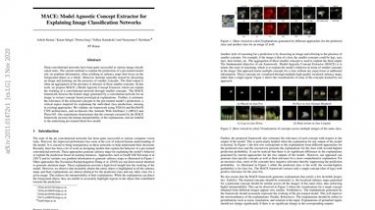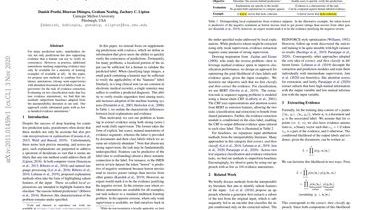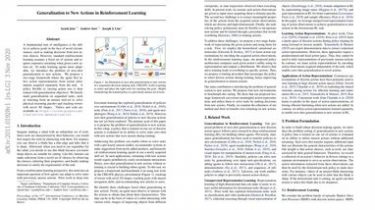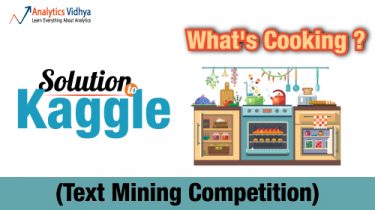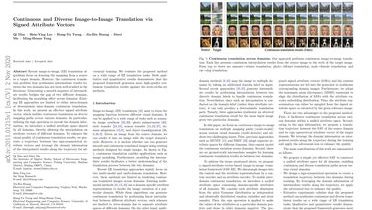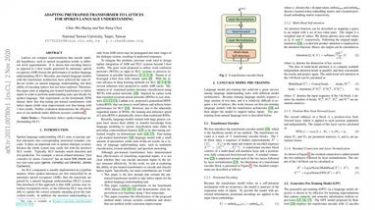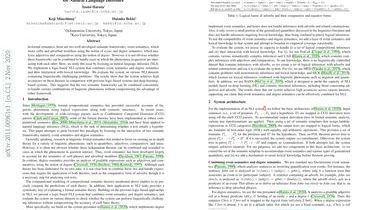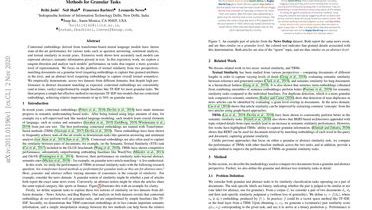MACE: Model Agnostic Concept Extractor for Explaining Image Classification Networks
Deep convolutional networks have been quite successful at various image classification tasks. The current methods to explain the predictions of a pre-trained model rely on gradient information, often resulting in saliency maps that focus on the foreground object as a whole… However, humans typically reason by dissecting an image and pointing out the presence of smaller concepts. The final output is often an aggregation of the presence or absence of these smaller concepts. In this work, we propose MACE: a […]
Read more